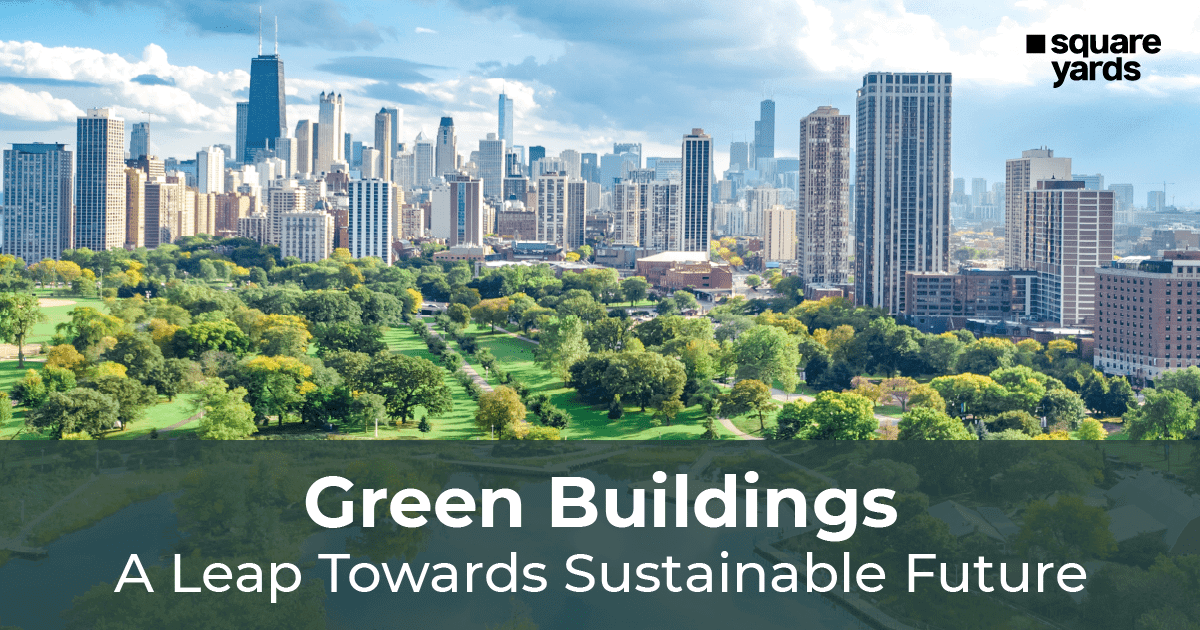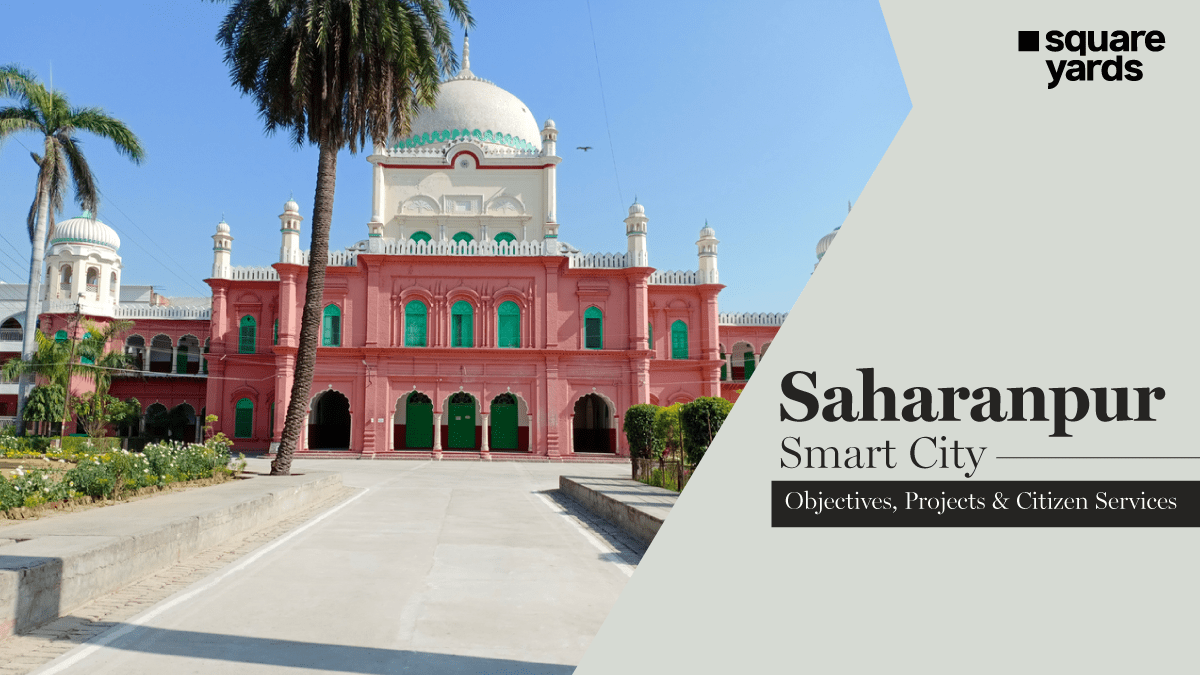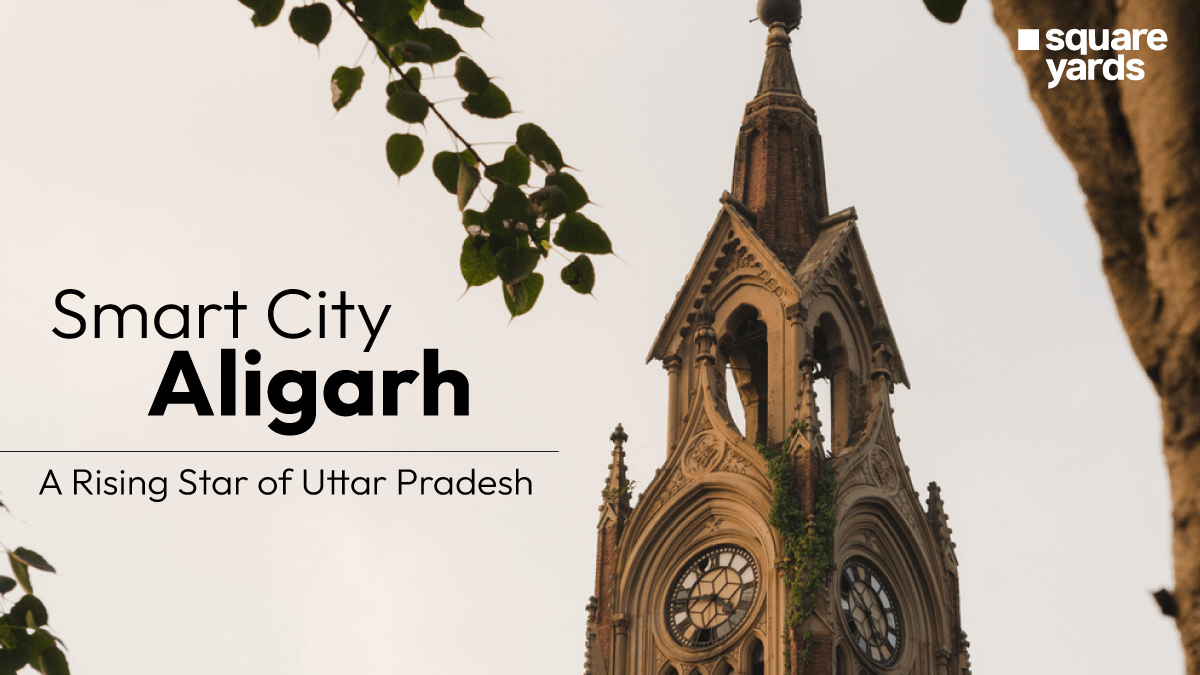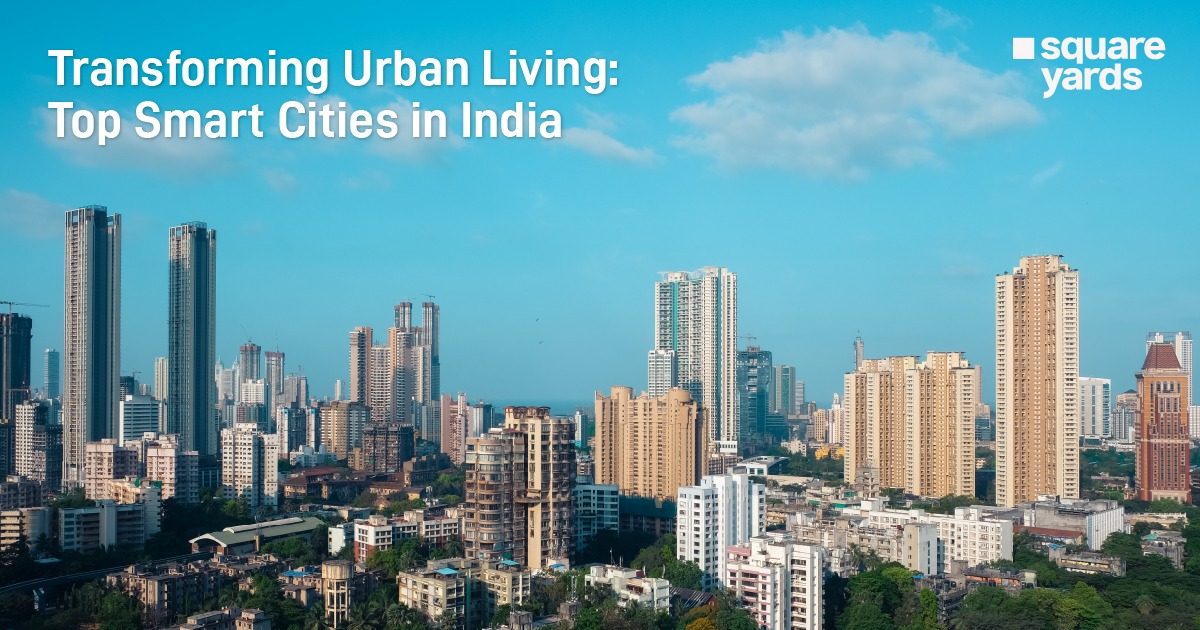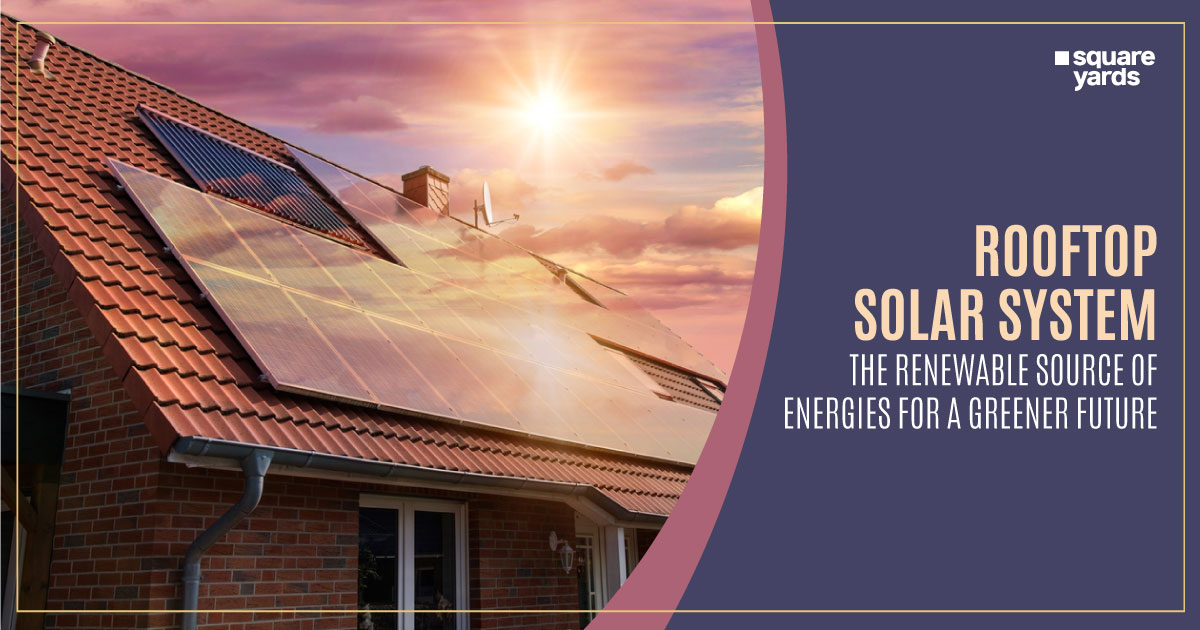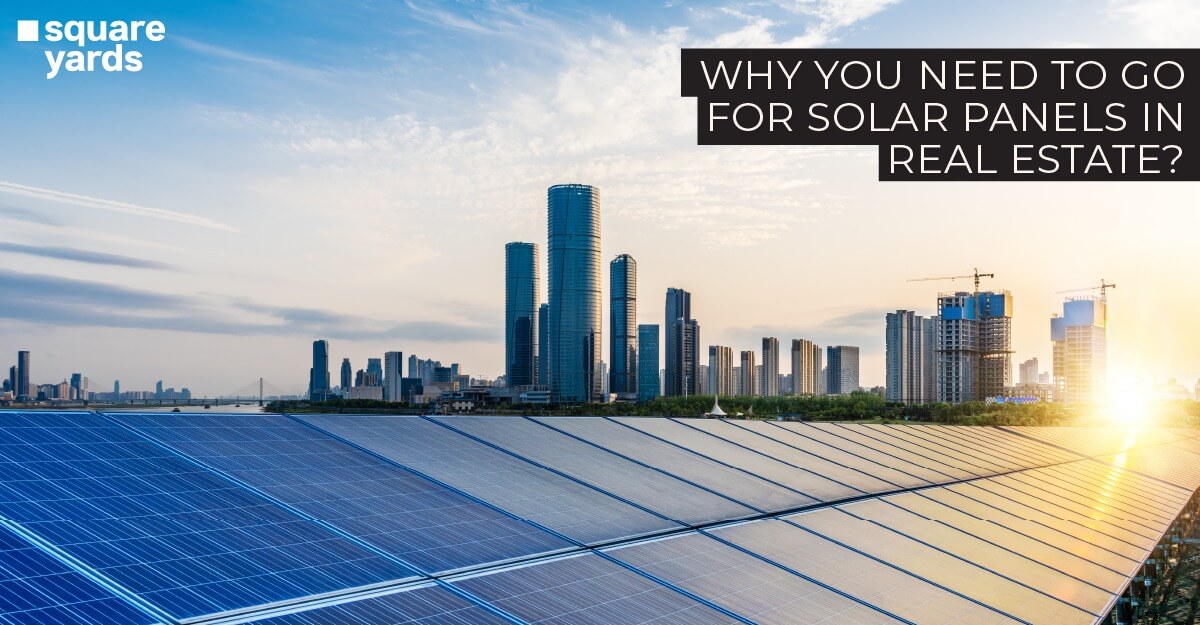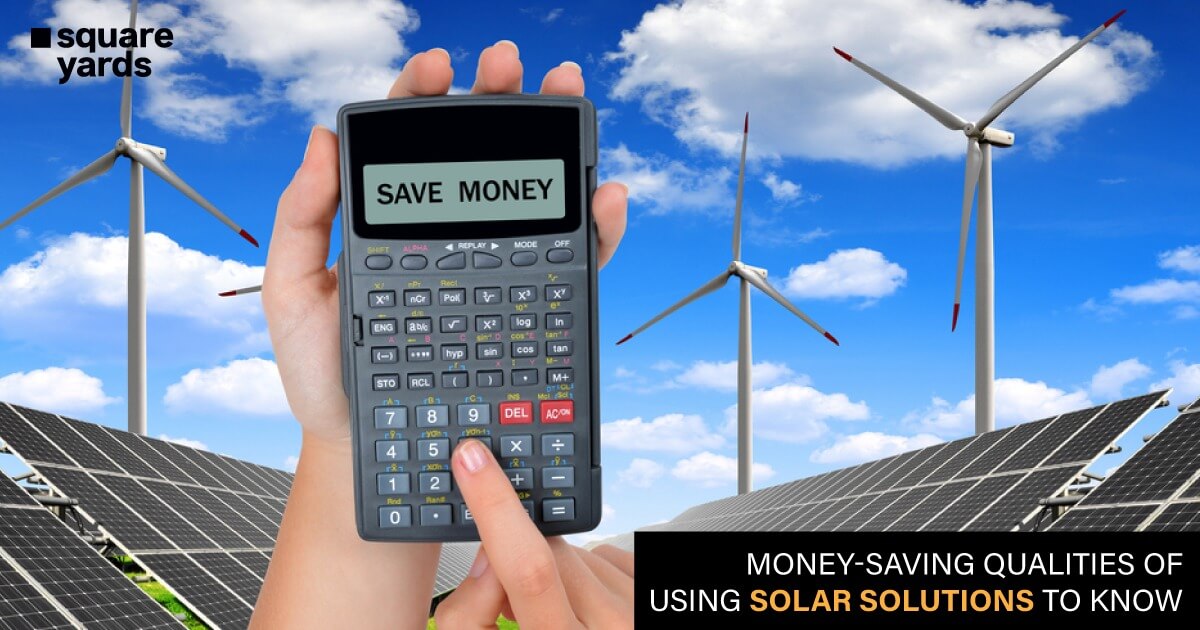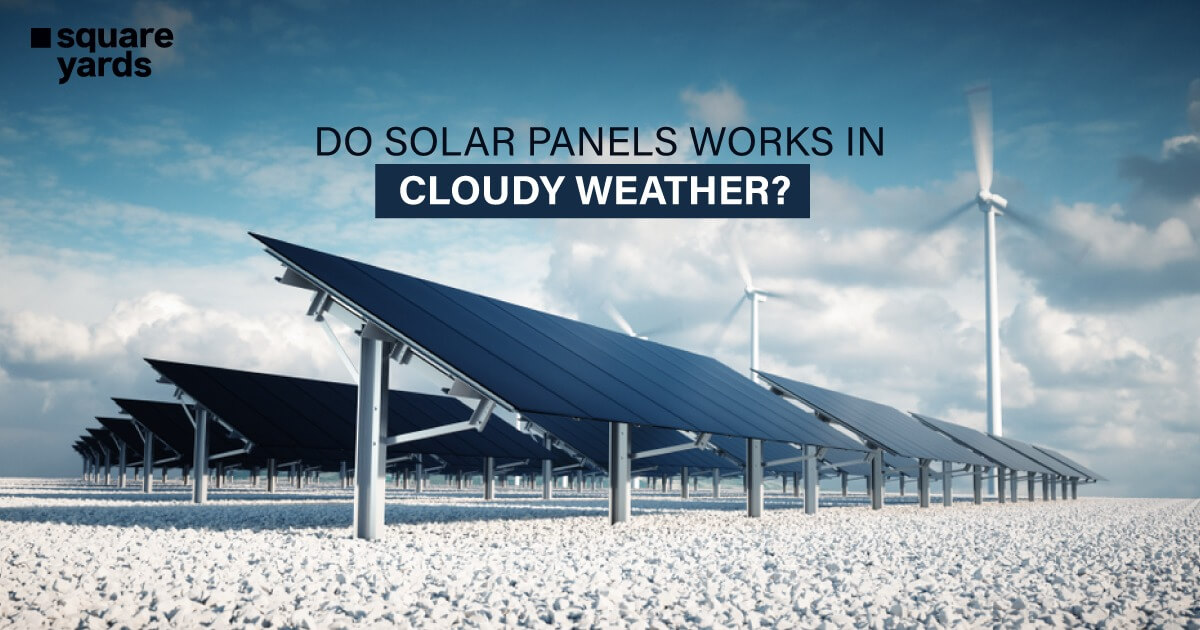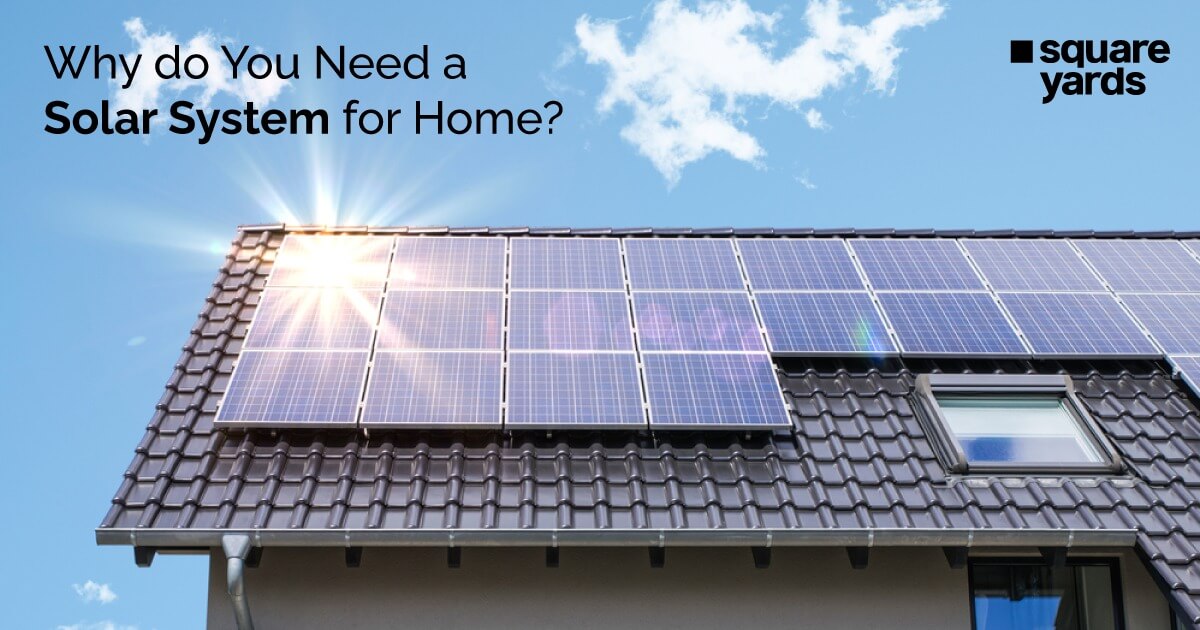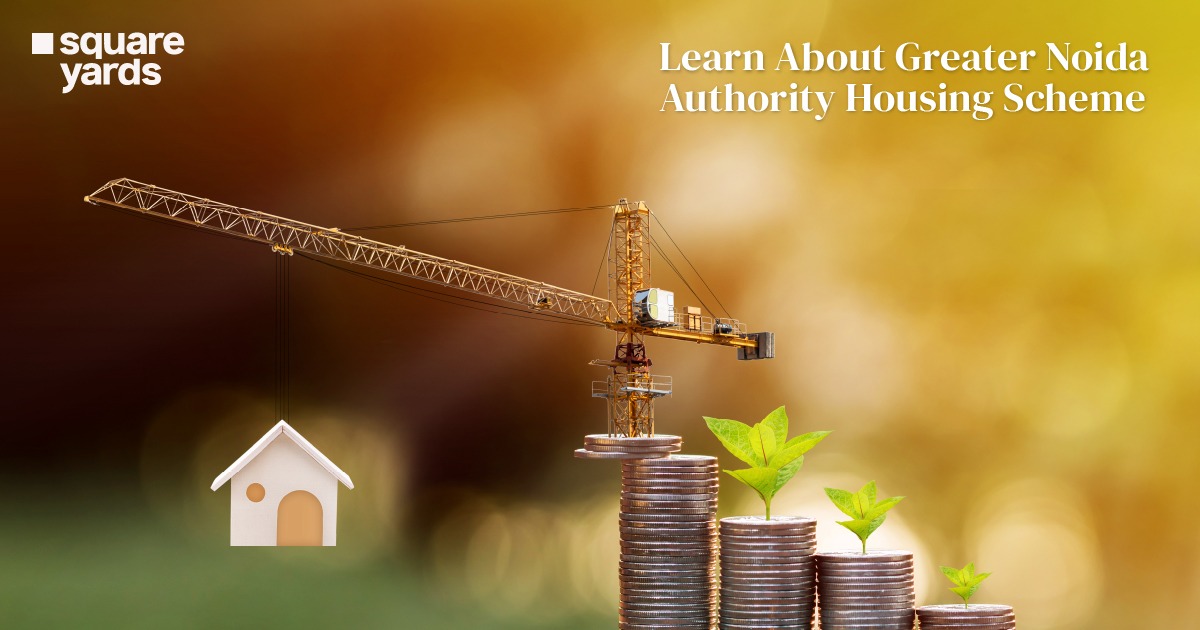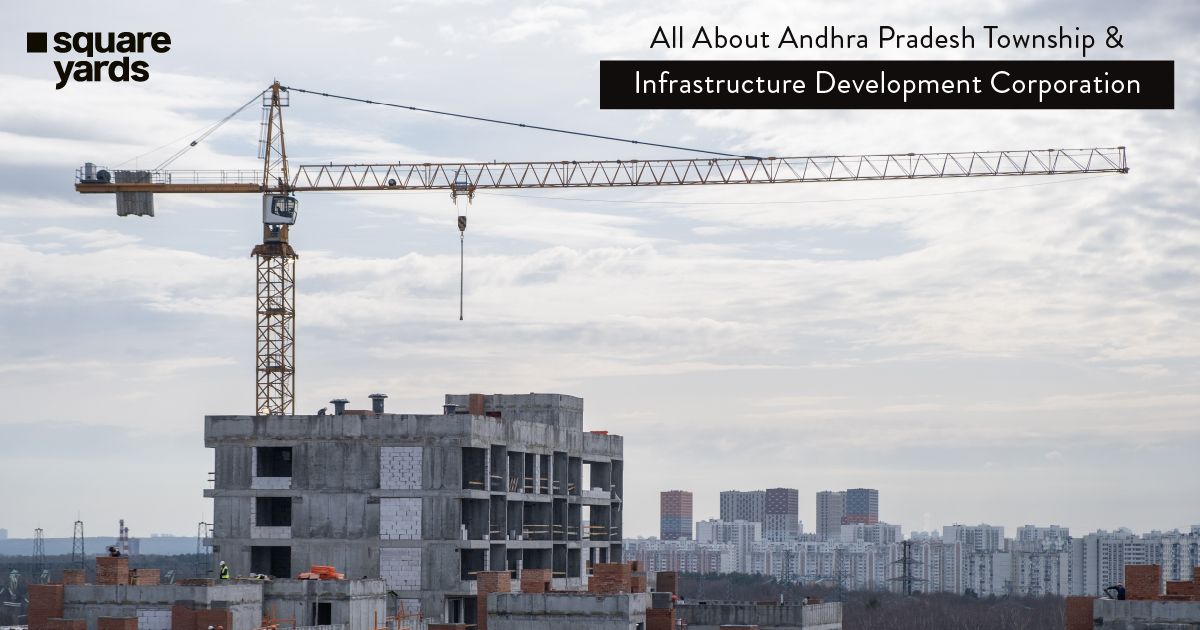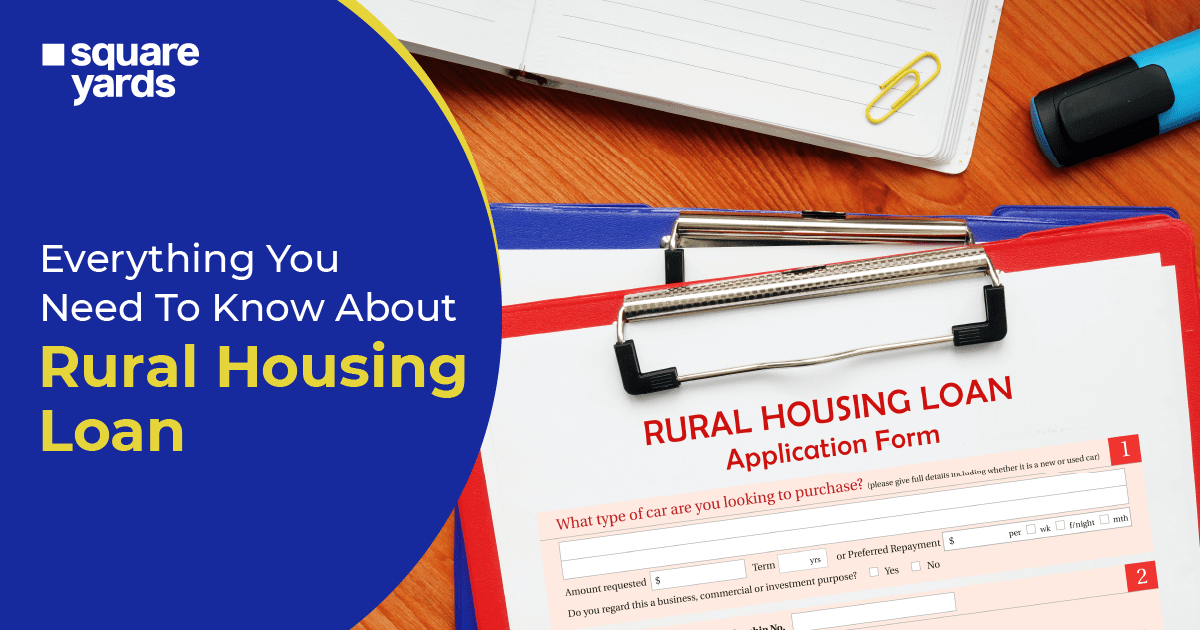The green building concept considers all aspects of a building’s lifecycle from its inception to demolition and also recycling to achieve its goal. In simple terms, it means the entire process is designed and selected strategically from construction, water usage, and energy consumption to waste disposal. In this blog, we will walk you through the concept of green buildings along with its benefits and the technologies these green building features.
Table of contents
Concept of Green Building
Green Building is a construction practice done in an attempt to increase the overall efficiency of any residential or commercial building. All green blinding serves the same purpose, including optimisation of the way the building uses energy, water and internal materials. A green building also reduces the building’s impact on the environment to a great extent. The planning of the green building is carried out for the long term to facilitate individuals with a better building usage experience over the life of the structure.
In addition, green building is also known as sustainable design, its concept extends beyond the wall of buildings. It includes site planning, land use, and community planning issues as well.
Importance of Green Buildings
In the current period, there is an ever-increasing number of professionals focusing on energy efficiency in a wide array of industries. There have been several studies that indicate the development and long-term growth of larger communities pose a major impact on the surrounding natural environment. Taking that into consideration, experts are now focusing on the design, construction and extensive manufacturing of green buildings. Such buildings are capable of providing individuals with an additional responsible way of natural resources consumption. The green building doesn’t only improve the local environment, but also those residing and working inside such buildings can get additional benefits like a healthier atmosphere, free of waste and pollution.
Benefits of Green Building
The green building features several benefits, such as being eco-friendly to reducing utility bills. Refer to the information below to get a better understanding of the benefits of green building.
Eco-friendly
While creating a building structure, the environmental factor is something that needs to be taken into consideration. Green buildings are eco-friendly as it poses less threat to the environment by utilising the resources efficiently. One of the major factors is they use sustainable material that doesn’t contribute to environmental problems and global warming.
Favourable Living Conditions
Talking about any country, there are a mass number of individuals who suffer from breathing issues and allergies caused by bad air quality inside the home and office premises. This situation can be tackled by utilising green methods for the design and construction of new buildings or just renovating existing ones. The green method includes solar panels installation and adding wall insulation that greatly reduces the dust influx through the crack around doors and windows.
Sustainable Sources of Energies
The efficient utilisation of sustainable energy sources is one of the other reasons to go for a green building. Green buildings help you save capital and the environment by using renewable sources of energy instead of exhaustible ones such as fossil fuels (coal, petroleum) which emit greenhouse gases contributing to global warming, climate change and environmental issues like acid rain.
Water Conservation
Water conservation is one of the aspects of green buildings. Green buildings feature rainwater harvesting that helps you use recycled water instead of fresh water for domestic uses. Not only via rainwater harvesting, but water conservation can also be achieved by importing an irrigation system that helps to divert runoff into tanks to be used for later needs.
Stay Light on the Pocket
Green buildings help you keep the energy consumption cost down by redirecting you to the use of renewable energy such as photovoltaic energy. Moreover, the construction methods are not the traditional ones that use more energy and water to take shape. Opting for materials that don’t require heating or cooling can assist you in reducing your utility bills significantly. Moreover, you will also save a lot on maintenance as these materials are designed to last longer than the traditional material.
In addition, green buildings use less energy compared to the conventional building due to improved air sealing and insulation. They are also designed in a way to have a better solar orientation and use natural light instead of artificial ones. Only this fact reduces the electricity bill by up to 50%.
Improves the Air Quality
Green buildings are proven to provide better air quality inside your home than a conventional building. All thanks to the use of materials that do not contain volatile organic compounds (VOCs) such as formaldehyde. These organic compounds cause severe health issues such as asthma attacks among inhabitants.
General Higher Resale Value
There has been an ever-increasing demand for green buildings. They generate higher rental yields and pose a higher Return on Investments (ROI). Green buildings are the top choices of individuals looking for eco-friendly homes. Moreover, as per several Builder magazines, homes that feature green material tend to sell faster compared to similar properties without green materials.
Increases Productivity
Elevation in productivity is the first thing that you will notice in your home or office space. The reason behind this is that green buildings are custom designed to give the inhabitants an essence of comfort inside their home and work environment. Stress and discomfort are inversely proportional to productivity in the work environment. The natural warm lighting and clear air help increase the attention span of the individuals with benefits
Creativity and Innovative Technologies
The most integral aspect of green building is creativity and innovation. Only because of innovative ideas, that green buildings came into existence. The innovation to use less water, energy and other resources was shaping green buildings. Moreover, it also helps in causing a reduction in waste emissions by utilising materials that are less harmful to the environment. Most of the materials used in green buildings are often recycled, or they are more sustainable compared to traditional ones.
Different Types of Green Building Technologies
A green building comprises several different technologies depending on the requirements of the environment. Refer to the information below to know more about a few green building technologies.
Low-emitting Materials
While constructing a green building, the engineer opts for low-emitting products and materials. Such materials don’t only improve the health of inhabitants but also go proudly with the idea of protecting the overall environment. Moreover, the utilisation of such materials helps the development projects achieve Green building credits from credible sources like IGBC, LEED, GRIHA and so on. The low-emitting materials are used for making ceilings, walls, flooring, interior and coating paints.
Green Insulation
Insulation is one of the most important concerns of real estate construction. The energy-efficient construction is capable of keeping a building warm if sufficient thermal insulation is done to prevent the heat from moving outside. Talking about insulation, people start making an assumption that it must be expensive to do so. However, it does not demand the use of highly finished or expensive materials.
Solar Power
Solar panel installation is the most popular attempt to make a building comply with the green building concept. However, in the green building construction standards, solar power is utilised in two different ways mentioned below:
Active Solar Power: This solar system absorbs the sun’s rays to convert heat and electricity. This system helps in reducing utility bills. However, the upfront installation cost is higher in such systems. It is a kind of one-time investment as the equipment lasts up to 40 years. In the long term, it saves considerable capital on energy bills and also aids in reducing greenhouse gas emissions.
Passive Solar Power: This solar system design used sun rays to warm the home premises via strategic placement of windows that absorbs heat. The heat gets absorbed and prevents the excessive use of a heater and blower to warm up the house.
Water Conservation
One of the basic principles of green building is water conservation holds one of the top spots. Rainwater harvesting systems and other irrigation systems to extract water from the water bodies like river aids in the reduction of water consumption during the construction and operational phases of the building.
To Sum Up
The green building concept takes architecture towards a cleaner, greener and more sustainable future. Such buildings feature a complex set of technologies and practices, focusing on construction, operation and design to reduce the negative impact on human health and the environment. Technologies like solar systems, rainwater harvesting, green insulation and the uses of non-emission materials are used in green buildings. These technologies are a one-time investment that helps you save a lot on utility bills and also directs you towards a sustainable future.
Frequently Asked Questions
What are the concepts of sustainable architecture for green buildings?
The sustainable architecture for green building strives to minimise resource consumption in the construction and operation of buildings, as well as curtailing the damage caused to the environment through waste, emissions and pollution of its components.
What is a Biophilic concept?
Biophilic design is an architectural approach that seeks to connect building occupants with nature closely. Biophilic design buildings feature natural lighting and ventilation along with a natural landscape that results in a more sustainable and healthy environment for the inhabitants. The term Biophilia stands for “love of nature”.


